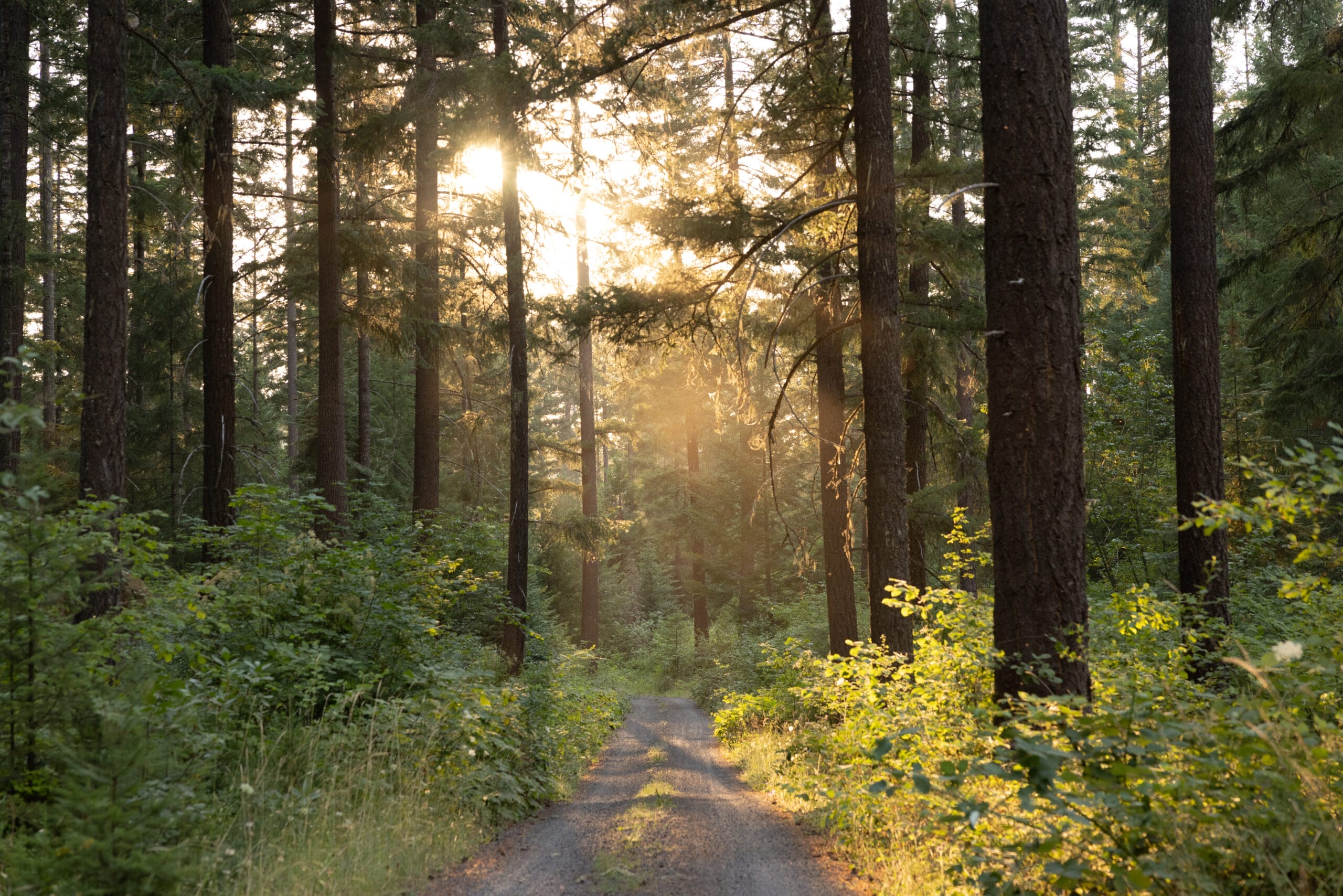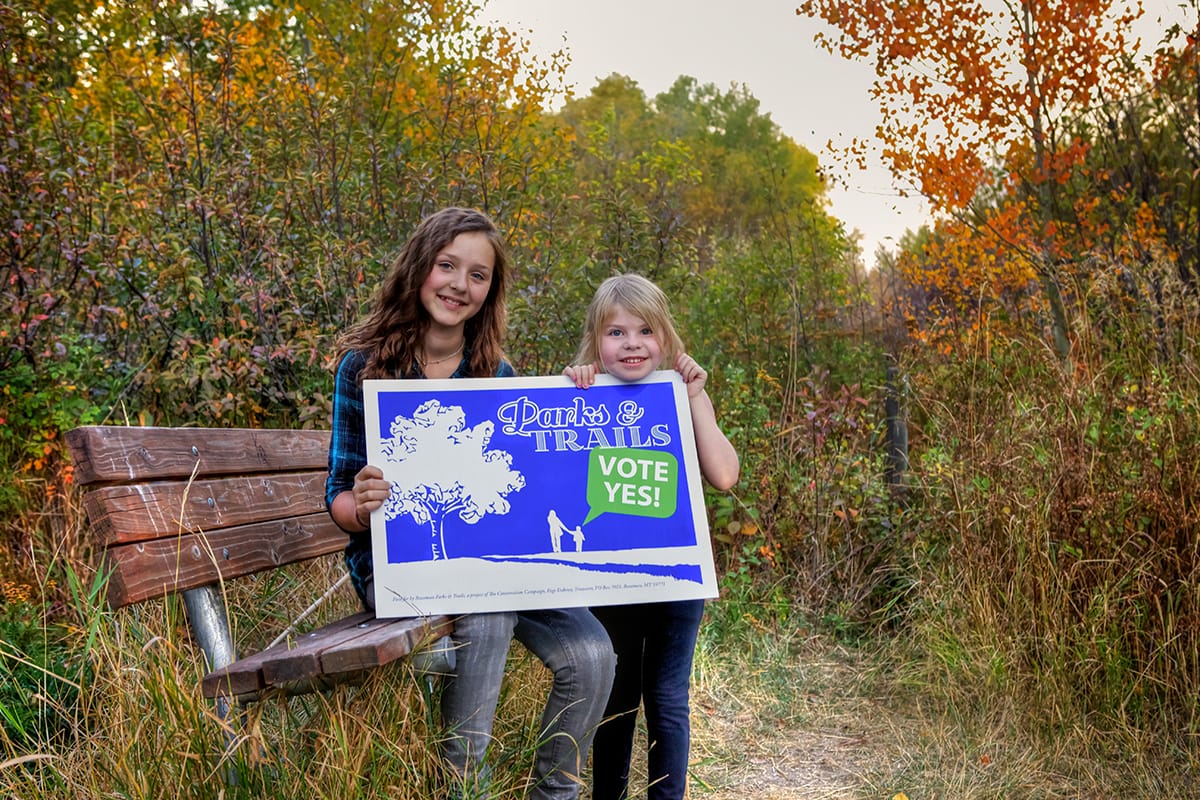
Doctor’s Orders: Get a Daily Dose of Green
Doctor’s Orders: Get a Daily Dose of Green
Plenty of folks are aware that sitting in front of a glowing screen isn’t as healthy as moving your body out in nature. But California health crusader Richard Jackson is on a mission to connect the dots between lack of access to green space and a growing list of physical and mental health issues.
“Sitting and watching a screen does not make us happy,” says Jackson, M.D., M.P.H, a professor and Chair of Environmental Health Sciences at UCLA and a former California Public Health official. “Using our bodies, outside in nature, is what makes us happy. And happy is healthy.”
Jackson argues that too little “green exercise”—physical activity in the great outdoors—is wreaking havoc on our health and the health of our children. He parses this issue with his Designing Healthy Communities Project, an online and offline resource spotlighting the interconnection between public health and the built environment.
Contact with the natural world has been shown to reduce stress, enhance mood, and ease anxiety and depression. According to studies, simply strolling through a green, leafy park for five minutes calms worries and lowers blood pressure.
“As westerners, we tend to separate physical and mental health and undervalue mental well-being,” says Jackson. “But any doctor will tell you the body’s biggest organ is the brain. Mental fitness plays as important a role in overall health as does physical fitness.”
A Solution to Park Deserts
In many cities, parks are often the only places children can safely play outdoors. But according to the Centers for Disease Control, one in five children live in “park deserts,” or areas where public parks are scarce. These kids, who often live in less-privileged neighborhoods, have been shown to lead more sedentary lives. Adults, too, pay the health toll of not having access to a nearby park.
“It’s important for people to have a place to go for respite from physical and mental stress,” Jackson asserts. “We all can’t have a green acre of backyard and the people that don’t are the people who need parks the most.”
At Trust for Public Land, we share Jackson’s passion for redesigning healthy communities, and that’s why we’re building smart parks and playgrounds in cities with park deserts like New York and Philadelphia. We’ve also been installing outdoor gyms, or Fitness Zones, in park-poor cities such as Los Angeles and Miami.
“The Trust for Public Land Fitness Zones, where people can exercise for free with others in a safe, green place, are important contributions to public health and community,” says Jackson.
Enjoyed as either places of respite or recreation, parks play a crucial role in our collective health and well-being. We all need a green and natural place to get away from the stress of everyday life. “If you see a person riding a bike through a park, they’re always smiling,” says Jackson.
Richard Jackson is the creator of Designing Healthy Communities project, which aims to offer best practice models to improve our nation’s public health by redesigning and restoring our built environment.
The Active Transportation Infrastructure Investment Program (ATTIIP) is a vital initiative that helps expand trails connecting people to nature and their broader neighborhoods. Urge Congress to fully fund the ATTIIP!


Donate to become a member, and you’ll receive a subscription to Land&People magazine, our biannual publication featuring exclusive, inspiring stories about our work connecting everyone to the outdoors.
See how our supporters are helping us connect people to the outdoors across the country.











